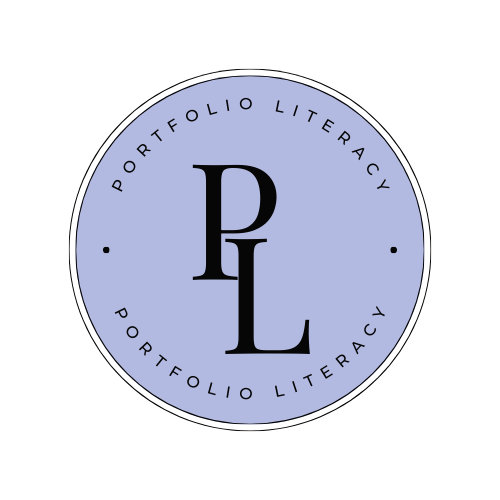Dividend Aristocrats are companies that have a 25-year track record of increasing their dividend payouts to shareholders and are included in the S&P 500. These companies are part of an elite group that not only delivers regular dividends but also shows strong financial health and stability.

Investing in dividend aristocrats can be an excellent strategy for those seeking steady income and potential growth. These companies have increased their dividends for at least 25 consecutive years, demonstrating resilience and commitment to rewarding their investors. This is what makes them so attractive to dividend investors.
By understanding what makes these companies special, you can make more informed choices about where to place your investment dollars, aiming for both security and growth.
Key Takeaways
- Dividend Aristocrats are companies that increase dividends for 25 years or more.
- They offer consistent and reliable returns to investors.
- Investing in them can provide both income and appreciation.
Understanding Dividend Aristocrats
Dividend Aristocrats are select companies known for their consistency in increasing dividends and their strong positions within the S&P 500. Learning about their criteria, differences with similar groups, and industry representations can help you understand their performance and significance in the market.
Criteria and Composition
To be a dividend aristocrat, a company must meet certain criteria. Firstly, it must be part of the S&P 500. Additionally, it must have increased its dividend payments each year for at least 25 consecutive years.
These companies often possess a competitive advantage and a strong business model. They can weather economic downturns, like recessions, due to their mature economic position. Notable examples include firms in sectors such as consumer staples and health care.
Comparing Dividend Aristocrats and Dividend Kings
While Dividend Aristocrats have a 25-year requirement for increasing dividends, dividend kings have a longer streak of 50 years. These kings are not limited to the S&P 500, making them a broader category.
Dividend kings are often seen as even more resilient and stable. However, due to their stringent requirements, there are fewer dividend kings compared to dividend aristocrats. Both groups aim to provide steady returns through reliable dividend increases.
Sectors and Industries Representation
Dividend aristocrats span various industries, providing a diversified investment option. Prominent sectors include information technology, industrials, consumer staples, and materials.
For instance, companies in consumer staples, such as food and household goods, are significant because of their essential nature. Health care firms also feature prominently due to the constant demand for medical services. These sectors illustrate how dividend aristocrats maintain stability and growth across different market conditions.
Investment Considerations for Dividend Aristocrats

When investing in dividend aristocrats, it’s essential to evaluate various factors including dividend yield and growth, market performance and risk, and the impact on your portfolio. Let’s explore these critical aspects to make informed decisions.
Evaluating Dividend Yield and Growth
When examining dividend aristocrats, dividend yield and dividend growth are key metrics. The dividend yield indicates the annual dividend payout as a percentage of the stock price.
High yields can be attractive but may also signal financial trouble. Consistent dividend growth is a positive sign, reflecting a company’s stable earnings and disciplined financial management.
Evaluate the payout ratio to understand if dividends are sustainable. A low payout ratio suggests the company retains enough earnings for growth. Ensure the stock’s dividend yield aligns with your income needs and financial goals.
If you are focusing on building a dividend portfolio, check out our latest calculator that projects dividend income.
Assessing Market Performance and Risk of Dividend Aristocrats
Assessing a dividend aristocrat’s market performance involves looking at total return, including both price appreciation and dividends. Consider how these stocks have performed in various market cycles.
Dividend aristocrats often have lower volatility, making them suitable for risk-averse investors. Their inclusion in the S&P 500 and their mature company position are both signs of continuous success. Also, consider the risk tolerance and how these stocks fit within your broader investment strategy. Look at their financials and year-on-year performance to gauge their stability and risk.
Portfolio Impact and Diversification
Including dividend aristocrats in your portfolio may provide diversification benefits due to their consistent dividend payouts, you can use that capital to acquire new positions without selling your current positions. Using the dividend payouts for portfolio rebalancing can be beneficial for those looking to maintain specific allocation rates.
Dividend aristocrats can also improve your portfolio’s yield rate and yield stability. As you start to build an income focused portfolio, maybe as you near retirement, diversifying your income investments with dividend aristocrats can stabilize your yield in the event that one position struggles to maintain the expected income for that asset.
